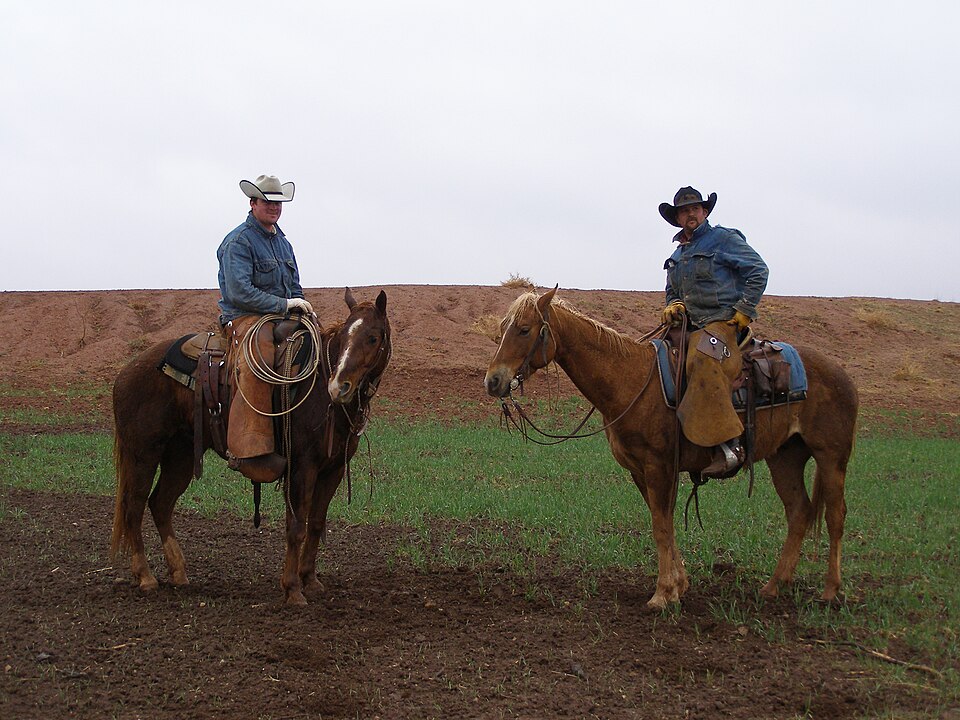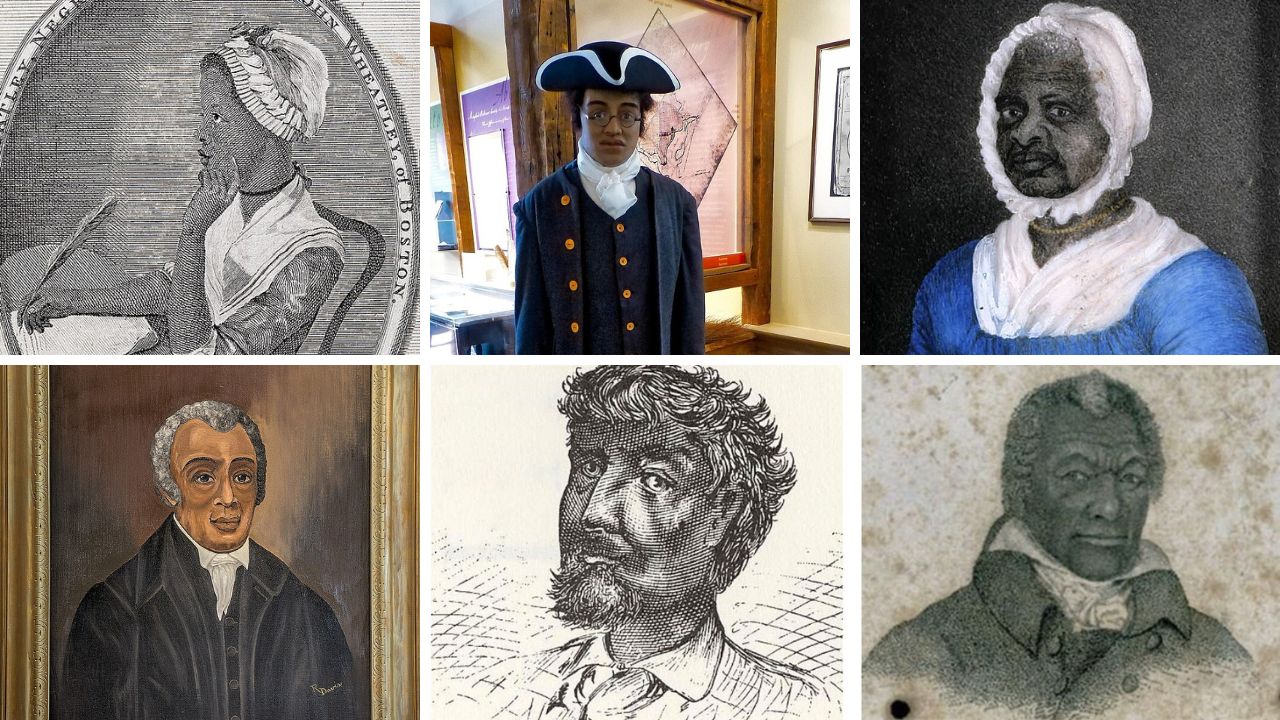American history often arrives as tidy scenes taught for quizzes and holidays. Memory prefers heroes, simple motives, and a clear finish. Real events were crowded, political, and messy, with voices left off the page. Revisiting those moments does not cancel bravery or vision. It restores context, names more people, and maps cause to consequence across years. Here are familiar stories that missed the mark, and why the fuller versions feel more honest, more human, and far more interesting to live with.
Columbus Discovered America And Proved Earth Was Flat
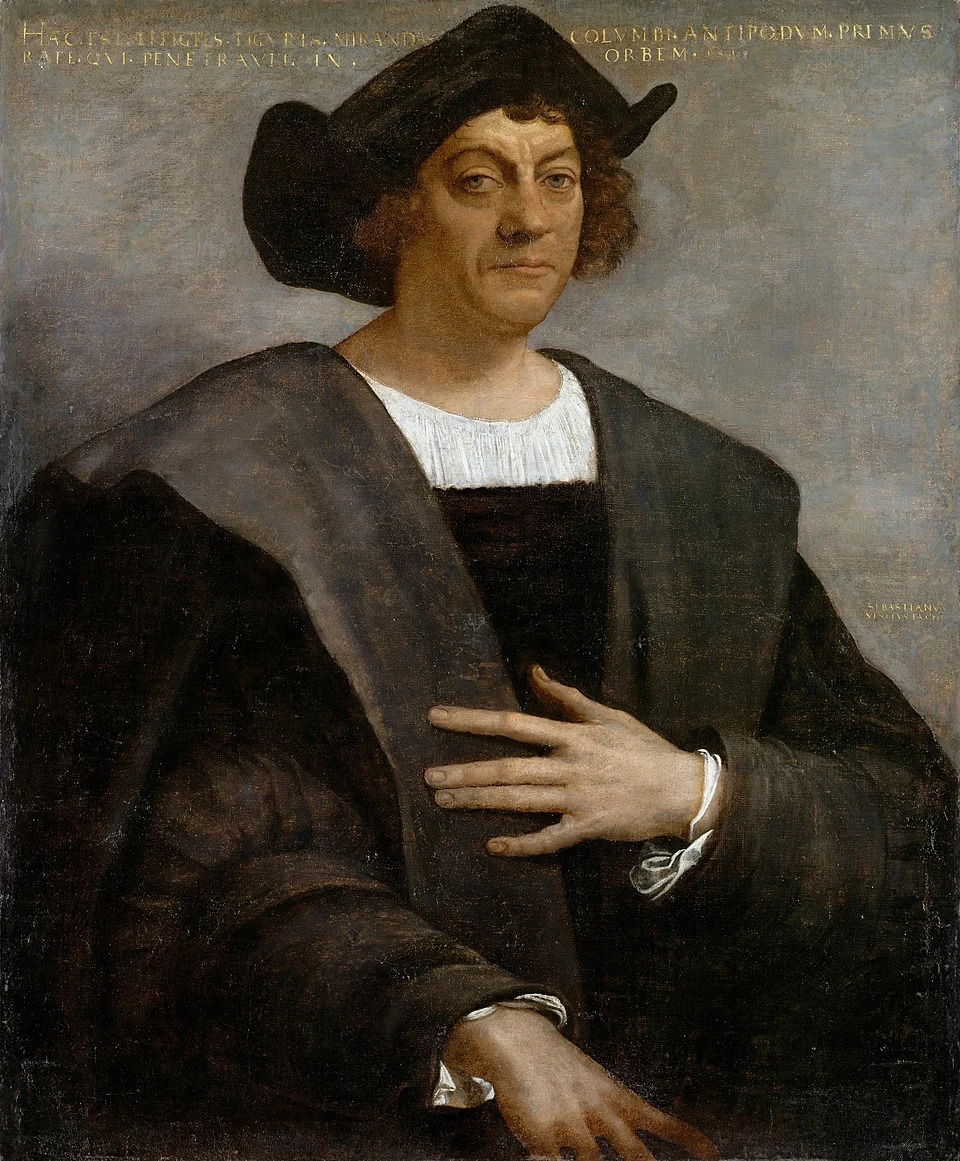
Two myths tangle here. Columbus did not discover a new world, since Indigenous nations had lived across the continents for thousands of years, and Norse sailors reached Newfoundland centuries earlier. He also did not sail to prove Earth was round; scholars already accepted that. The dispute was size, and he miscalculated the distance. His landfalls were Caribbean islands, and the voyages opened conquest and exchange, not a single heroic first step. The larger truth is navigation met empire.
Thanksgiving Was A Simple Feast Of Harmony
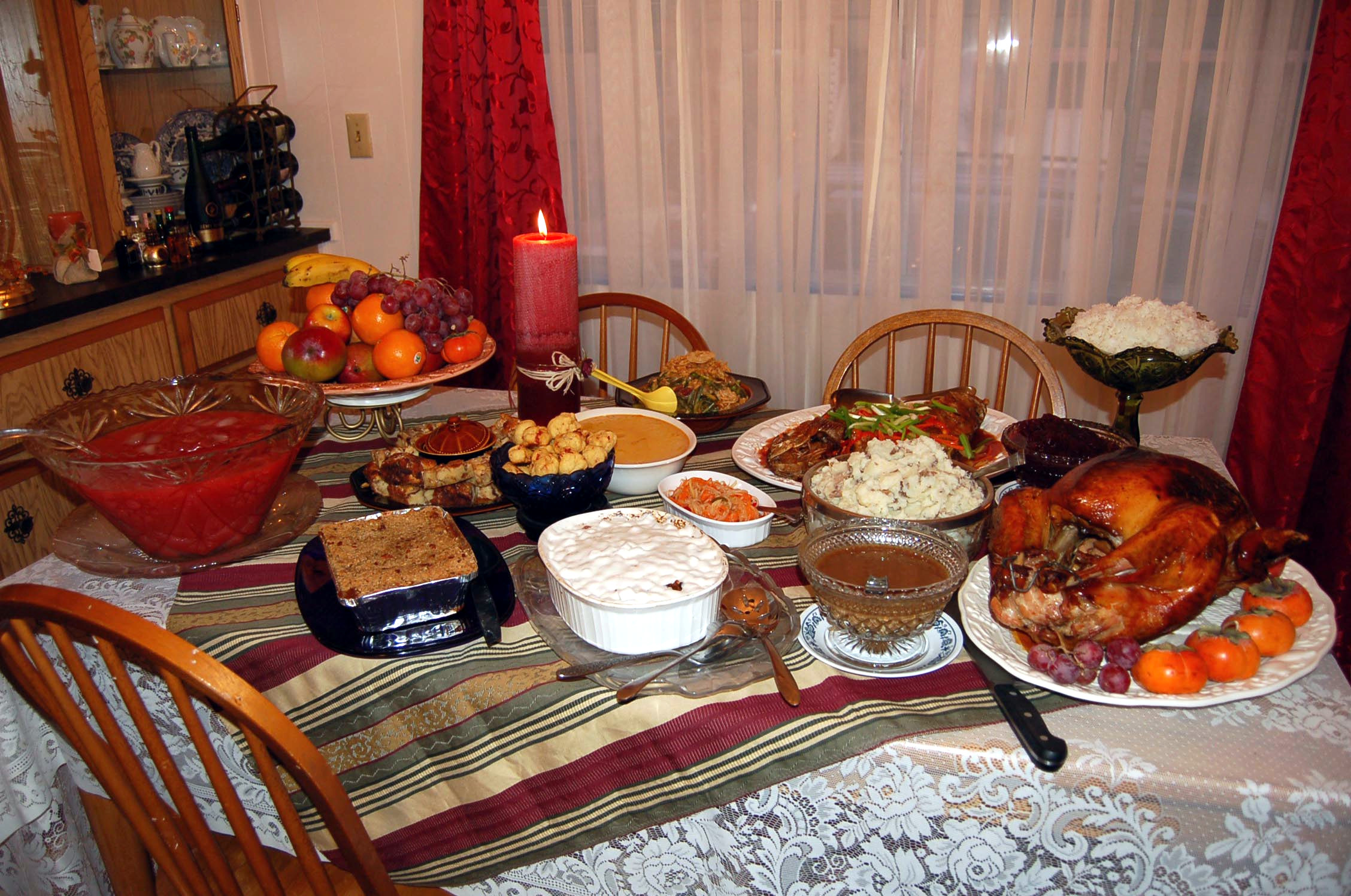
The 1621 meeting at Plymouth was a tense alliance, not a timeless family dinner. Wampanoag leaders weighed survival after epidemics, rival tribes, and English expansion, while colonists sought food, security, and recognition. Venison, fowl, and corn were likely served, not pie and sweet potatoes. Gratitude and mistrust coexisted, and within decades the alliance collapsed into brutal war. The holiday memory kept comfort and trimmed away the politics. Remember both motives and menu.
Betsy Ross Sewed The Very First Flag
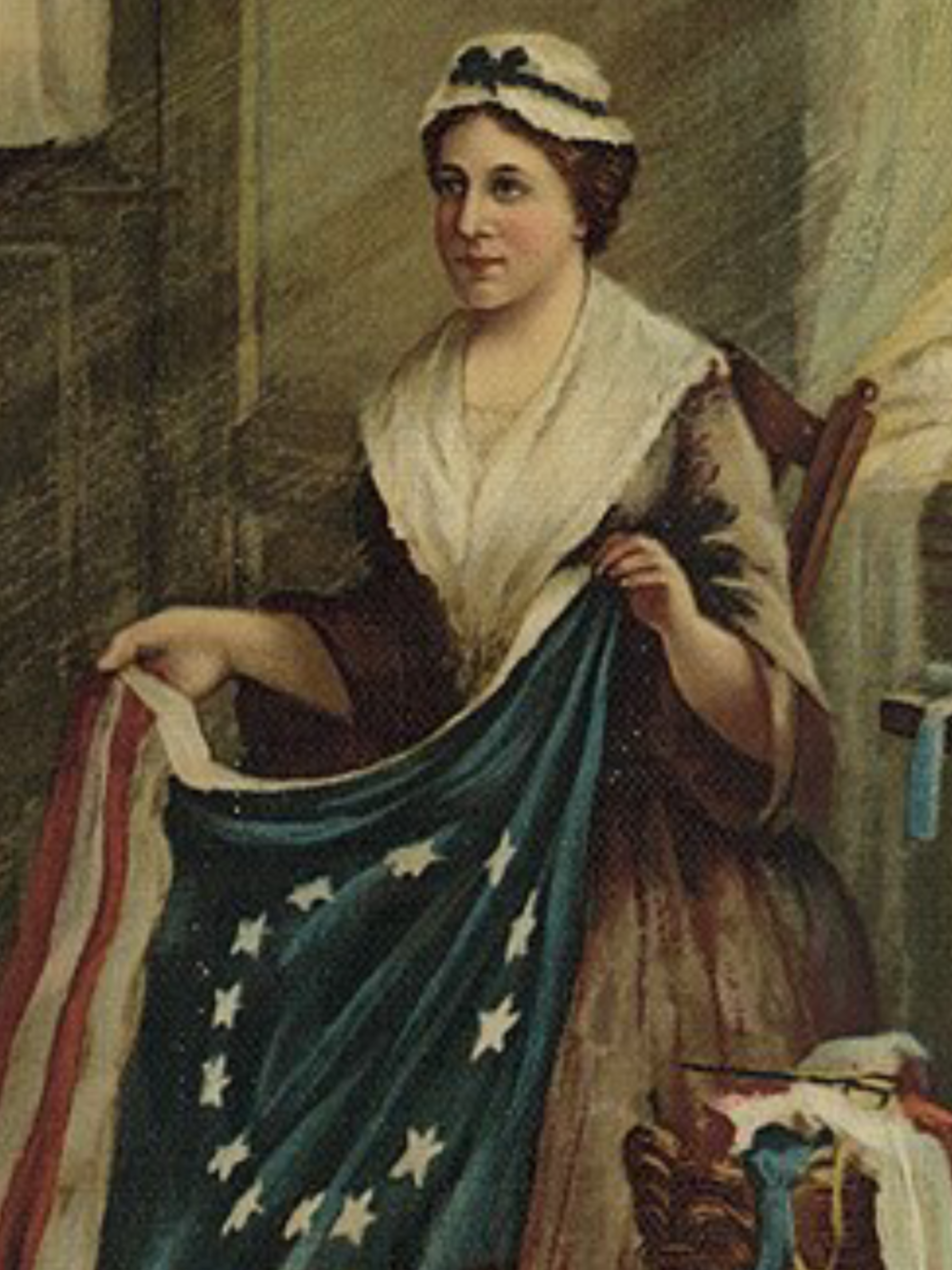
The famous story rests on late family testimony, not public records. Congress adopted a flag resolution in 1777 without naming a maker, and early banners varied widely as different upholsterers filled orders. Philadelphia had many skilled needleworkers, Ross among them, and several shops likely produced stars and stripes for militias and ships. The neat origin myth fit civic pride and marketing, but the evidence points to multiple hands. Credit the city, not a single parlor.
George Washington And The Cherry Tree
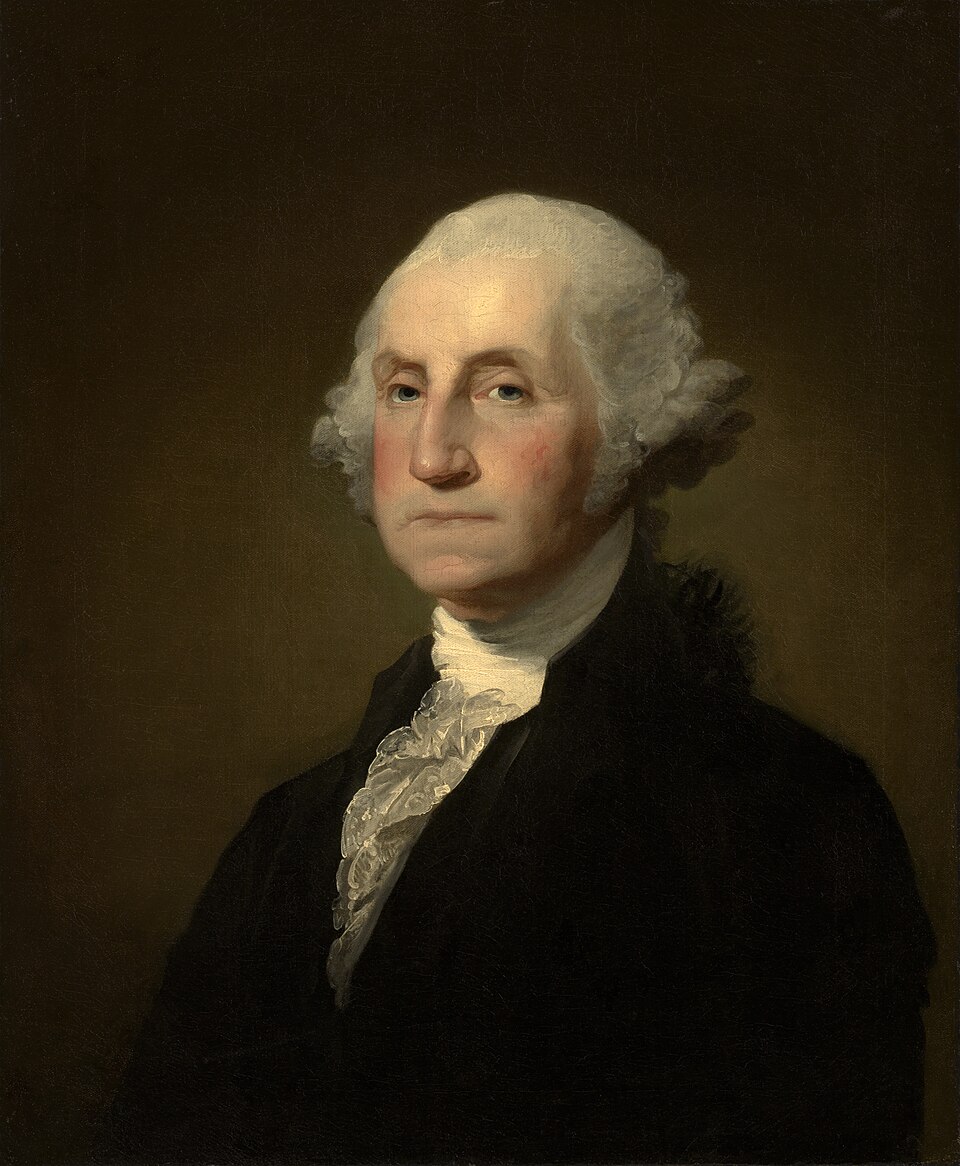
The tale of a perfect confession appeared in 1800, when Parson Weems wrote a moralizing biography for young readers. No contemporary source reports a felled tree or the famous line about honesty. The parable endured because it packaged character into a single scene and made virtue feel easy. Washington’s real life was harder to summarize: planter and general, pragmatic politician, and a leader who balanced power with restraint. Treating leaders as human strengthens trust.
The Emancipation Proclamation Freed Everyone Overnight

Lincoln’s order in 1863 targeted areas in rebellion and left slavery intact in loyal border states and exempted regions under Union control. Freedom advanced with Union armies, self emancipation, and the critical service of Black regiments. Legal completion required the 13th Amendment in Dec. 1865. Change felt uneven on the ground, arriving by county and campaign. Emancipation was a process built by law, force, and thousands of personal choices. That timeline explains why Juneteenth matters.
Paul Revere Rode Alone To Warn The Colonists
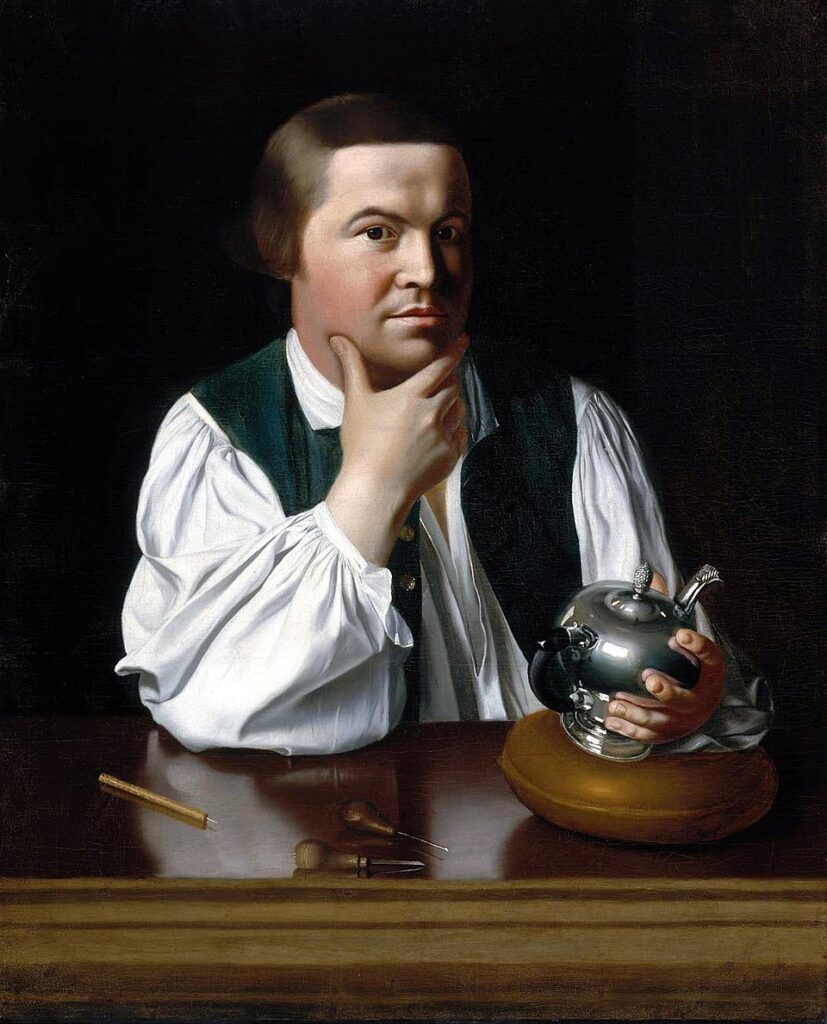
Longfellow’s poem crowned one rider, but the alarm system worked as a network. On April 18, 1775, Paul Revere, William Dawes, and Samuel Prescott rode, and dozens more carried the news through Middlesex villages as bells and drums called militias to muster. Lanterns, ferries, and back roads all mattered. The night’s success came from coordination, not solitary heroics, which is why the militias stood ready by dawn. Logistics, not legend, won the night.
Salem Witches Were Burned At The Stake
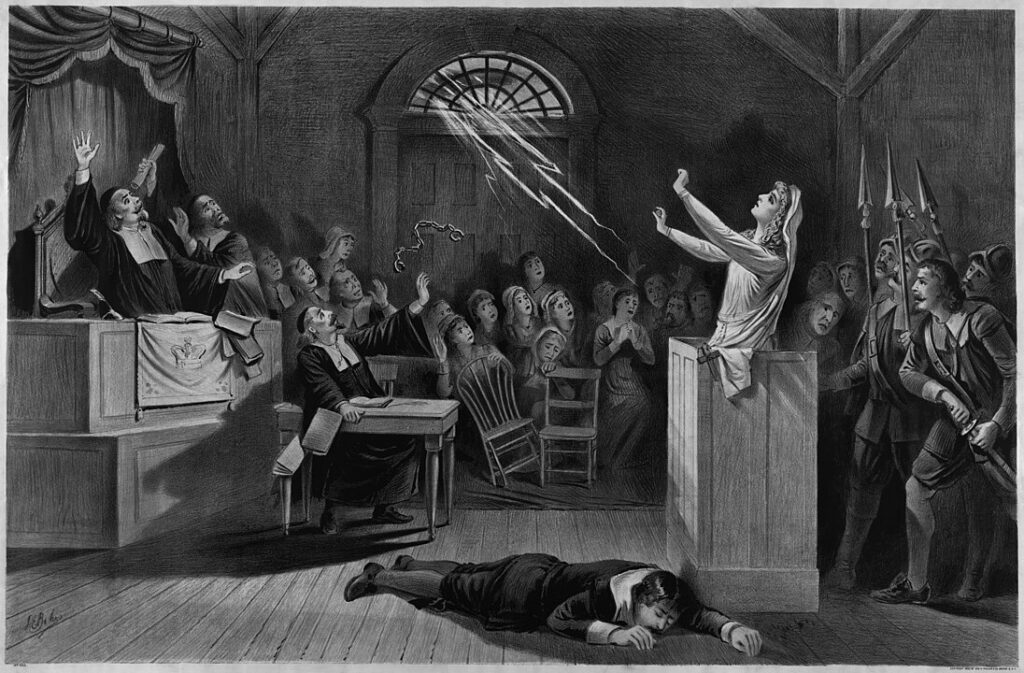
Seventeenth century Massachusetts followed English law, which punished convicted witches by hanging. Nineteen people were hanged in 1692 and 1693, and Giles Corey was pressed to death for refusing to plead. Jails filled, families broke, and fear warped testimony. The crisis ebbed when courts rejected spectral evidence and officials stepped back from mass accusations. The lesson is about panic, procedure, and how power should meet extraordinary claims. Accuracy clarifies accountability.
The Alamo Was A Straightforward Tale Of Heroic Martyrdom
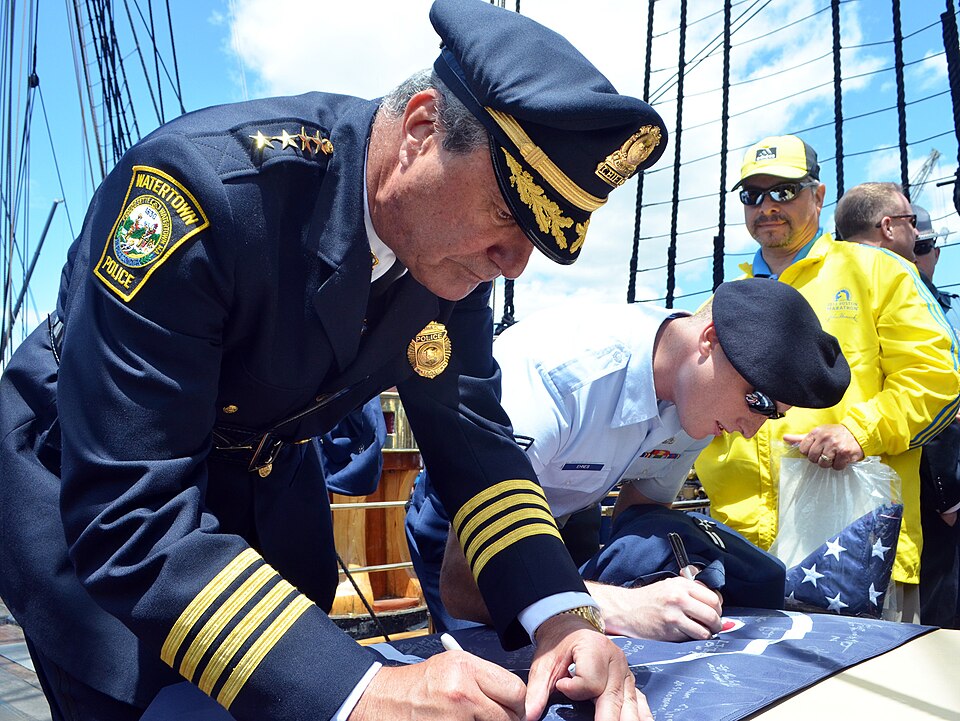
Valor was real, but the politics were tangled. Many fighters were recent migrants, the conflict involved Mexican federalism, land ambition, and the defense of slavery, and Tejano allies pursued local autonomy yet later faced suspicion. The siege delayed Santa Anna and helped set up San Jacinto, but slogans later polished a complex border war into pure martyrdom. Remember the courage, and keep the context that shaped it. Pride should include complexity.
Cowboys Were Mostly White Loners On The Open Range
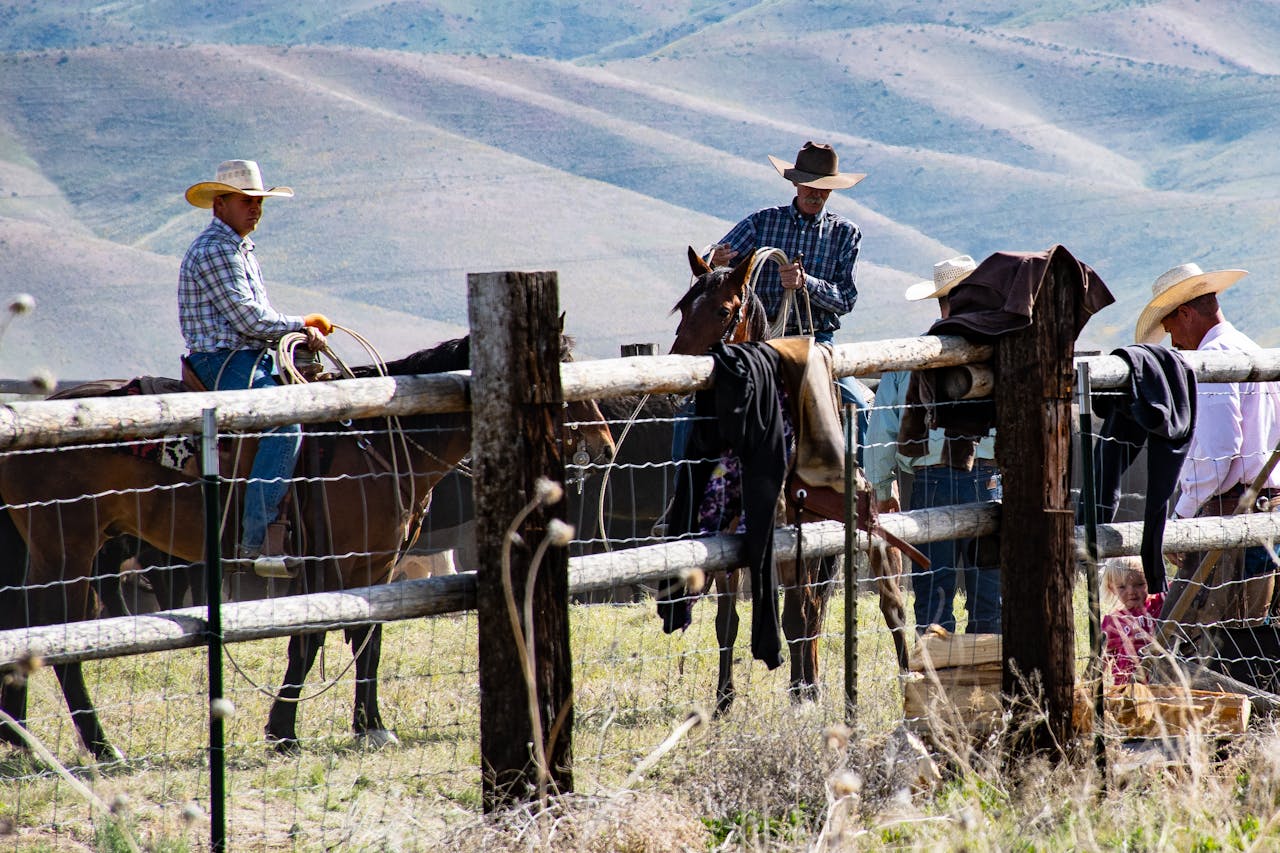
The cattle frontier was multicultural and collaborative. Black cowboys, Mexican vaqueros, and Native hands shaped skills, gear, and language, while women kept ranch books, ran line camps, and worked herds through hard seasons. Trail crews moved as teams with cooks, wranglers, and ropers sharing pay and risk. After railroads and barbed wire, ranching changed, but the diverse roots and the everyday teamwork never left the story. Real range work was shared work.
